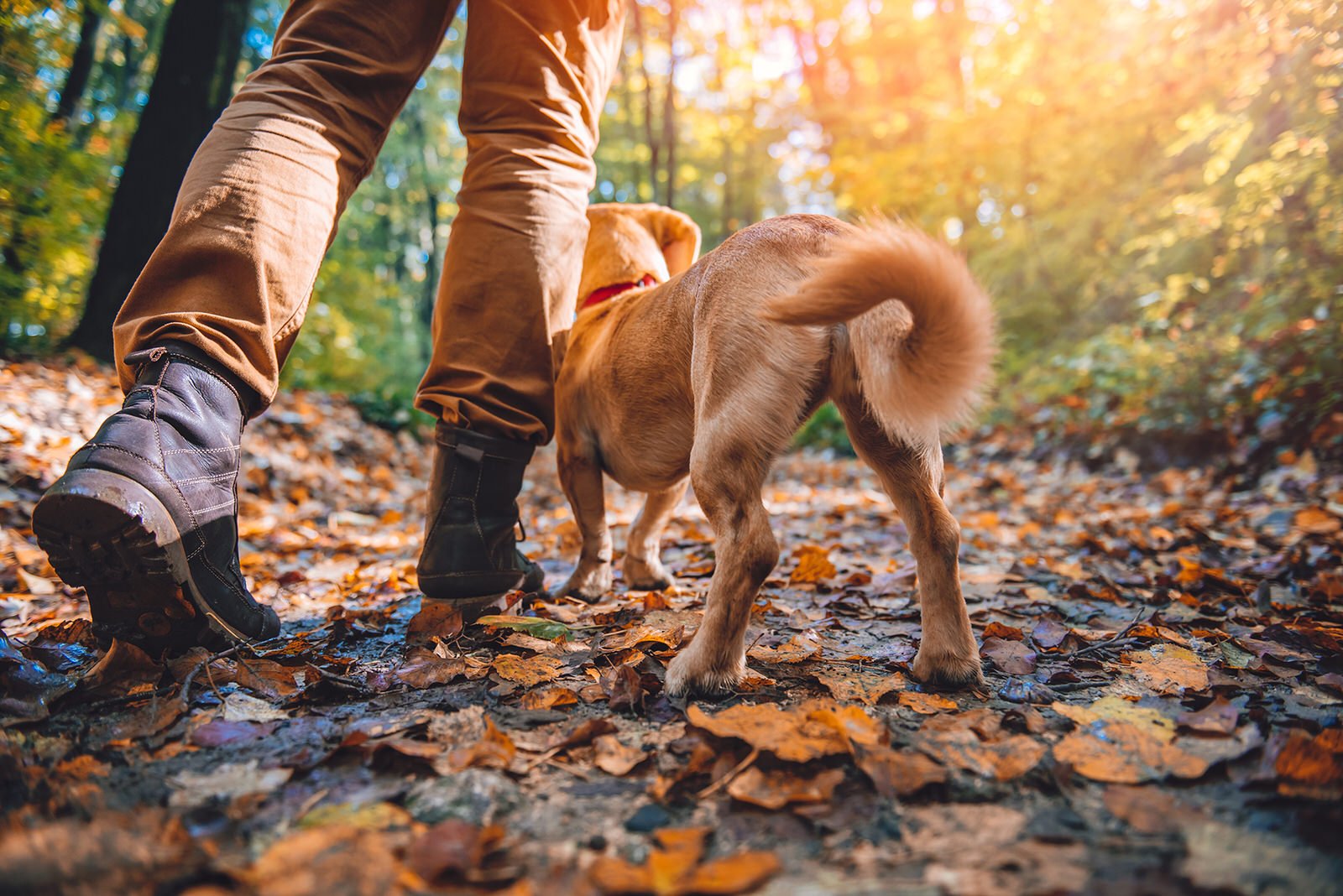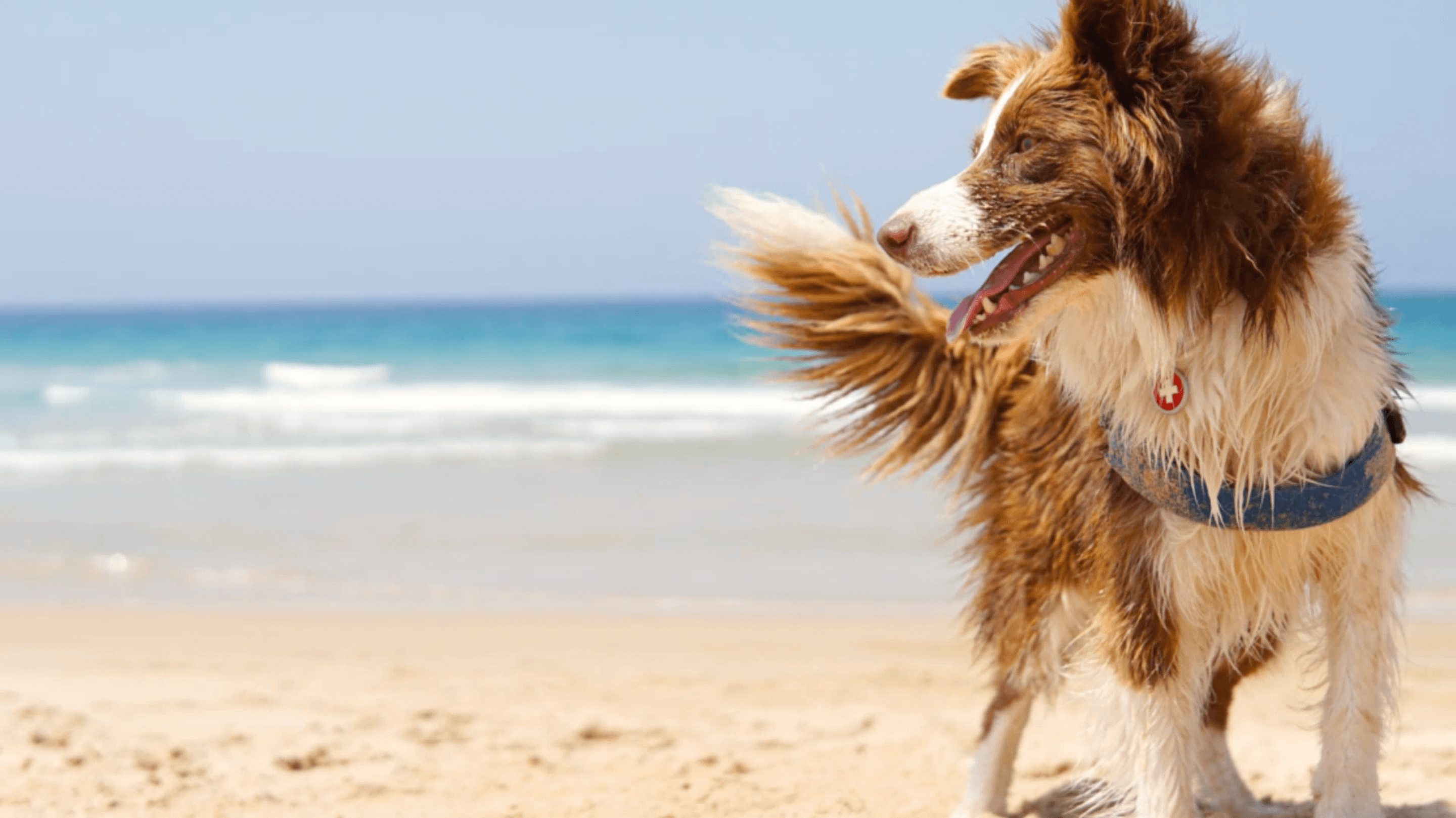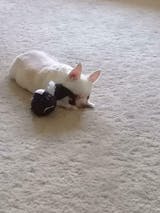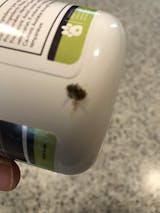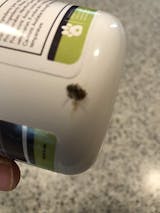Leash pulling is an incredibly common problem pet parents face, and to be honest, it’s quite a big one. Going on walks with your pup, taking them to your local café and just wandering around the neighborhood are one of the best things of being a pet parent. But when those activities are combined with excessive leash pulling, they turn into something you suffer, instead of being something you enjoy.
Luckily, leash pulling is an addressable issue. There are some tips you can follow in order to help your dog stop pulling so fiercely. Nevertheless, there are two big factors you need to remember.
1. Every dog is different, not every method will work for all of them. You must remember this in order not to get frustrated when one of the tips doesn't work on you and your pooch. You need to find what motivates your dog, and work with that.
2. You can follow these tips and the leash pulling issue might stop, but it also might not. Dog behaviorists and trainers are often needed in order to address this issue. So don’t panic if you need to call one!
Now that we’ve set that straight, we can start with the tips to stop a dog from leash pulling.
1. Use a harness
If your leash pulling dog has been using a collar on their walks, then that’s the first thing you can change. Needless to say, a piece of gear is not going to solve this issue altogether, it’s just going to help you.
There are two types of harnesses your pup can use: a front clip harness and a back clip harness.
The front clip harness is highly recommended to stop dog leash pulling. Dogs tend to push in the opposite direction the pressure is being applied. If they’re wearing a collar and the pressure is being applied from behind, they’re more likely to pull to the front.
With a front clip, or chest-led harness the pressure comes from the direction they want to pull to, making them stop the pulling.
The back clip harness applies the pressure from behind, which might not work for many dogs, but it’s definitely a much better option than the collar. Some pet parents have reported that once they started using a harness.
2. Reinforce good behavior with treats
Whenever your dog is walking with a loose leash, make sure to let them know that what they’re doing is great. You can do so using a combination of praise and their favorite treats. They will start to understand that walking with a loose leash is great!
With time, try to reduce the amount of treats, your pup will still remember that walking on a loose leash is a good thing.
3. Change directions
A tip many parents have found helpful is randomly changing directions through their walk. Apart from looking a little bit weird, you’ll be helping your dog understand that they need to follow your lead, not the other way around.
Remember to reward them with praise and treats when they change directions with you and follow you without a problem.
4. Stand still
This is quite a controversial tip. Some pet parents have found it really helpful, while some others haven’t. And that’s totally okay! It’s related to what we mentioned at the beginning of the article. Not every tip works with every dog.
It consists of standing still and stopping walking whenever your dog starts excessively pulling from the leash. This will make them understand that if they pull, they will not get far. The ultimate goal is that they comprehend that there’s no need to pull to get where they want, walking on a loose leash will work too.
5. Stop before crossing the street
As hard as it might sound, teaching your dog to stop and wait before crossing the street is a command that will not only help you to reduce the leash pulling, but will also be great for your daily walks.
You can start by stopping in each corner, waiting till your dog does so too and rewarding them when they do. Once they start to stop with you, you can add the word “stop” so they associate the action they’re doing with it.
It might take some time and patience, but we promise you you won’t regret teaching your pup to do it.




